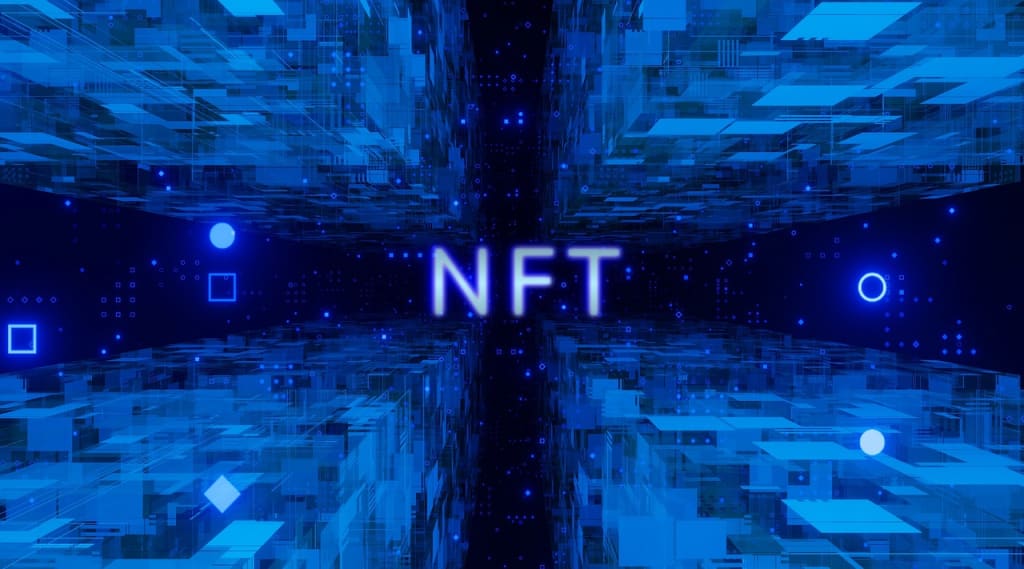Cryptocurrency and NFTs: Digital Assets Redefining Wealth
The Era of Digital Wealth: Cryptocurrencies and NFTs Upending Traditional Notions of Assets

In a world characterized by rapidly evolving technology, the notion of wealth and assets has been radically reimagined. Digital currencies and non-fungible tokens (NFTs) are at the forefront of this revolution, dominating headlines and conversations, and fundamentally redefining the essence of wealth.
Cryptocurrencies, like Bitcoin and Ethereum, are digital or virtual currencies that use cryptography for security and operate independently of a central bank. They offer a decentralized platform for peer-to-peer transactions to occur, powered by blockchain technology. On the other hand, NFTs are a type of digital asset representing ownership or proof of authenticity of unique items or content, encoded onto a digital ledger called a blockchain.
These two phenomena have ushered in a digital asset revolution, altering how we perceive assets and wealth. They challenge the traditional notions of ownership, offering a digital alternative to physical assets. From art and music to virtual real estate and digital collectibles, the boundaries of what can be owned and traded have expanded significantly.
The market for cryptocurrencies and NFTs has grown exponentially. A combination of factors, including the allure of high returns, the rising acceptance of digital currencies, and the digitization of art and collectibles, has driven their popularity and market growth. Cryptocurrencies now command a market capitalization running into trillions, while the NFT market, though smaller, has seen its value skyrocket.
Despite their potential, the world of digital assets is fraught with implications and challenges. On the upside, they offer a level of financial inclusion and opportunities for wealth creation that was unimaginable a few decades ago. However, they also present considerable risks. The absence of regulatory oversight, coupled with their volatility, exposes investors to significant financial risks. Additionally, concerns about their environmental impact, given the high energy consumption of blockchain operations, and their potential use for illicit activities, have led to calls for regulation.
The future of digital assets, though uncertain, is undoubtedly exciting. As they become more mainstream, their potential uses and applications are set to expand. Cryptocurrencies could become a standard payment method, and NFTs could redefine the ownership and trading of digital content and goods. However, their evolution and adoption will depend on how effectively the associated risks and challenges are managed.
The rise of cryptocurrencies and NFTs marks a significant shift in the concept of wealth and asset ownership. Understanding these new forms of digital wealth is crucial in the current era. As digital assets continue to reshape our economic landscape, their potential and challenges need to be considered to ensure a fair and sustainable digital economy. It is no longer a question of whether digital assets will be a part of our future; instead, it's about how we navigate this new frontier.
In the digital age, the definition of wealth and assets is undergoing a radical transformation. Cryptocurrencies and Non-Fungible Tokens (NFTs) have exploded into the mainstream, capturing both imagination and investment in a profound way. They're not just new tools for financial transactions; they're reshaping the very concept of value and ownership.
Cryptocurrencies are digital or virtual currencies that utilize cryptography for security. These decentralised forms of currency operate on technology called blockchain, which is a distributed ledger enforced by a network of computers (or nodes). Bitcoin and Ethereum are popular examples of such currencies. On the flip side, NFTs are unique tokens representing ownership of a specific item or piece of content, stored on a blockchain. Unlike cryptocurrencies, which are interchangeable, NFTs have unique attributes that distinguish them from each other.
We are currently in the midst of a digital assets revolution, driven by these cryptocurrencies and NFTs. This revolution is changing how we define, create, and manage wealth. Digital assets have transcended the traditional confines of physicality. Now, anything from a piece of artwork to a tweet, a virtual real estate property, or even a meme can be tokenized as a digital asset, owned, and traded.
The markets for both cryptocurrencies and NFTs have seen dramatic growth in recent years. In 2020 alone, Bitcoin, the largest cryptocurrency by market capitalization, quadrupled in value, while Ethereum saw an even higher growth rate. Meanwhile, the market for NFTs, still in its nascent stage, has seen sales volume grow to billions of dollars in a relatively short period. This market growth is fuelled by a multitude of factors, including the potential for high returns, widespread digitalization, and increasing acceptance of these assets.
However, the world of digital assets is not without its challenges. Despite their potential, they present significant risks, including high price volatility, cybersecurity threats, and regulatory uncertainties. Also, the anonymous nature of transactions raises concerns about potential misuse for illegal activities. Furthermore, the environmental impact of these digital assets, particularly cryptocurrencies, has come under scrutiny due to the high energy consumption associated with mining and transactions.
Looking ahead, the future of digital assets seems poised for continual expansion. With ongoing technological advancements and increased adoption, the possibilities seem vast. From revolutionizing payment systems and financial services to transforming art and entertainment, the use cases for cryptocurrencies and NFTs are set to grow. However, for sustainable growth, it is imperative to address the accompanying challenges. Regulatory clarity, improved security measures, and innovative solutions to reduce environmental impact are some areas that need attention.
To conclude, the advent of cryptocurrencies and NFTs marks a significant turning point in our understanding of wealth and assets. As these digital assets continue to reshape our economic and social landscape, understanding and adapting to them becomes crucial. While they open up new avenues for innovation and wealth creation, they also underscore the need for robust regulatory frameworks, investor education, and greater transparency. The rise of digital assets signifies not just a technological revolution, but a fundamental shift in our perception of value. The task at hand is to navigate this digital wealth transformation effectively and responsibly, harnessing its potential while mitigating the risks. The future of wealth is here, and it's digital.
About the Creator
Enang Ecan
Freelance writer with 5+ years of experience, specializing in various topics. Commitment to quality and SEO-friendly content. Other interests: photography and travel






Comments
There are no comments for this story
Be the first to respond and start the conversation.